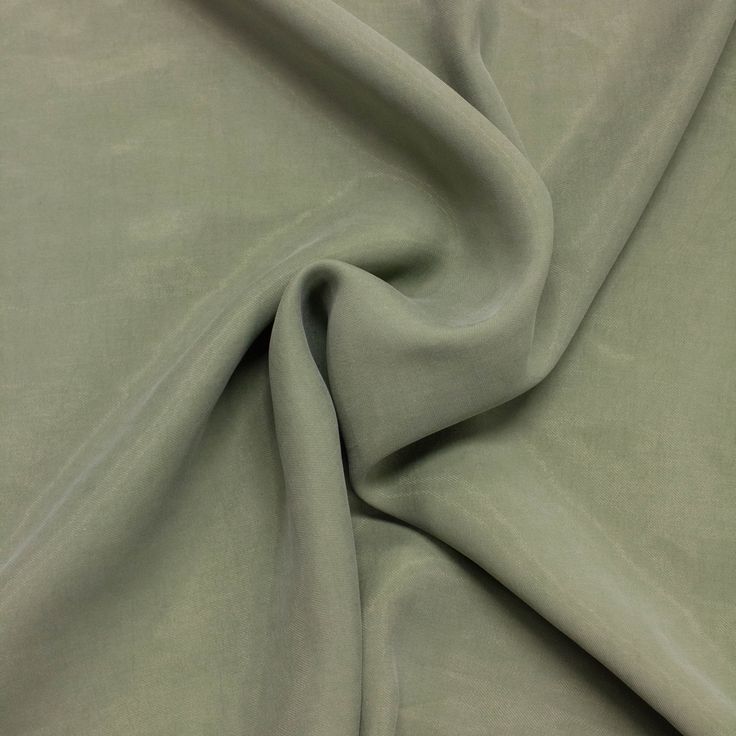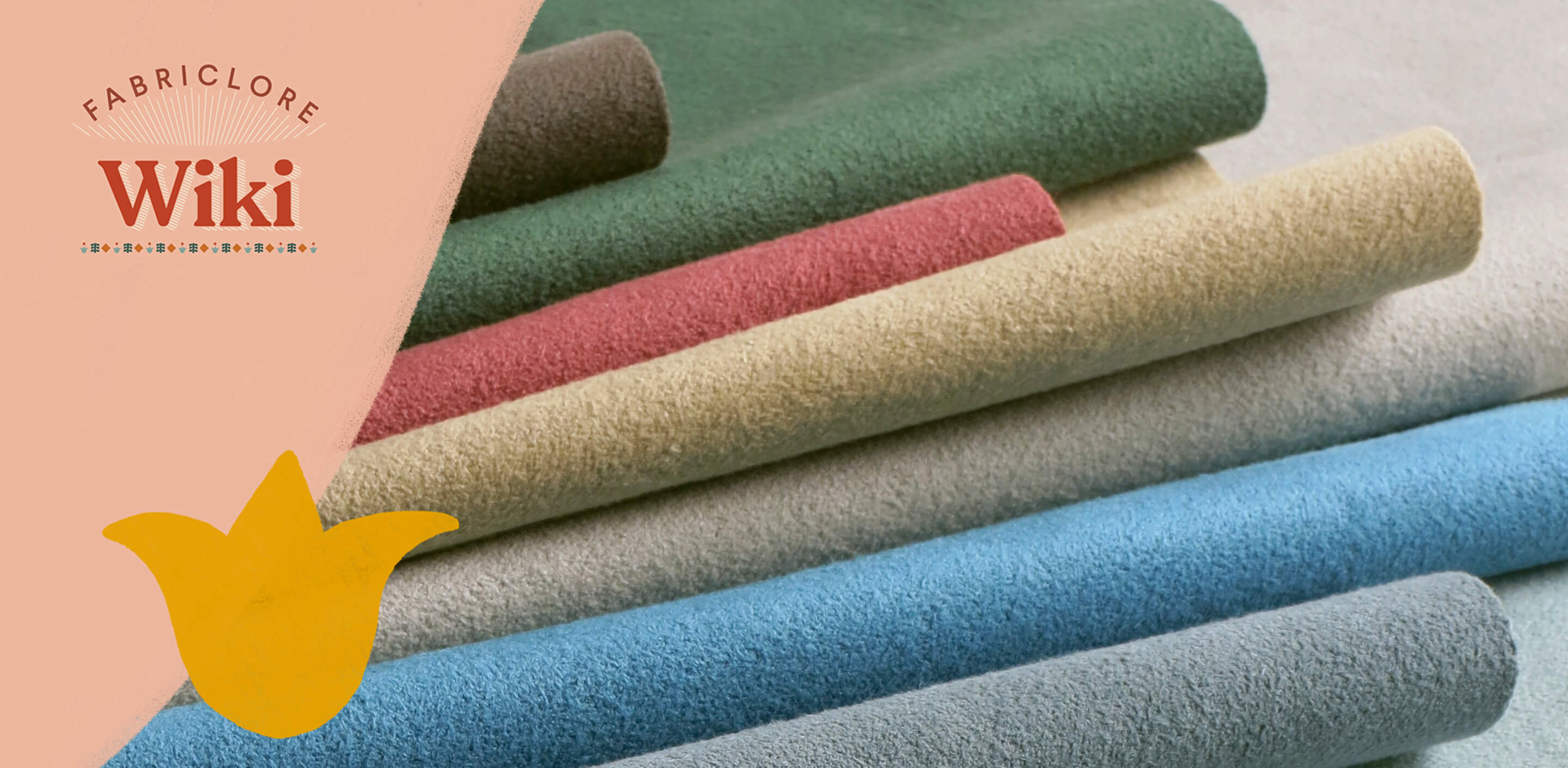Introduction to Tencel Fabric
- Made from wood pulp, it is a natural and eco-friendly fabric.
- The process uses less water and energy compared to other fabrics.
- TENCEL is breathable, keeping you cool and comfortable.
- It is popular in sustainable fashion because it is kind to the planet.
- Designers love TENCEL for its flowy look and easy drape.
- Shoppers like it for both comfort and style.
What is TENCEL Fabric?

-
TENCEL is a soft, eco-friendly fabric made from wood pulp. Lenzing AG, an Austrian company, creates it. TENCEL is a type of lyocell and modal fiber.
TENCEL is known for its:
- Silky smooth texture
- Biodegradable properties
- Low environmental impact during production
History of Tencel Fabric
- TENCEL was first made in the 1990s by a company called Courtaulds Fibres.
- Later, it was bought by another company named Lenzing AG.
- Since then, Lenzing has made many improvements to TENCEL to make it stronger, softer and better for the environment.
Types of TENCEL Fabric:
|
Type |
Description |
Features |
|
Derived from eucalyptus wood pulp |
Smooth, breathable, durable |
|
|
TENCEL Modal |
Derived from beech wood pulp |
Extremely soft, flexible, holds dye well |
|
Blended TENCEL |
Mixed with cotton, wool or silk |
Enhances functionality and comfort |
Modern Innovations in TENCEL Fabric:
|
Innovation Area |
Key Features |
Details |
|
Eco-Friendly Production |
Closed-loop system |
Over 99.7% of the solvent is reused, reducing emissions and waste. Uses up to 95% less water than cotton. |
|
EcoSoft Technology |
Enhances softness without harming the environment. Suitable for innerwear and baby clothes. |
|
|
Carbon-Neutral and Circular Innovation |
Carbon-zero TENCEL™ |
Certified carbon-neutral fibers help brands reduce their carbon footprint. |
|
REFIBRA™ Technology |
Uses recycled cotton scraps with wood pulp to create new fibers, supporting circular fashion. |
|
|
ZQ-certified blends |
Combines TENCEL™ with responsibly sourced fibers like ZQ Merino for performance and sustainability. |
|
|
High-Performance Textiles |
Moisture management |
Absorbs moisture better than cotton, keeping skin dry and cool. Ideal for activewear. |
|
Antibacterial properties |
Inhibits bacterial growth better than synthetics, perfect for bedding and workout clothes. |
|
|
Thermal regulation |
Maintains temperature balance, useful for sleepwear and all-season wear. |
|
|
Aesthetic and Textile Use |
TENCEL™ Luxe |
A silk-like yarn that is soft and luxurious, used in high-end fashion. |
|
Digital printing |
Supports eco-friendly printing with sharp detail and high ink absorption. |
|
|
Deep dye penetration |
Offers bright and long-lasting colors with less need for harsh dyes. |
|
|
Versatile Fabric Use |
TENCEL™ Denim |
Combines classic denim style with lightness, comfort and lower environmental impact. |
|
Blended fabrics |
Mixed with cotton, hemp or elastane for added stretch, softness or strength. |
|
|
Easy Care and Durability |
Wrinkle-resistant |
Machine washable, quick drying and easy to care for. |
|
Abrasion resistance |
Enhanced strength for use in home textiles and upholstery. |
Features of TENCEL Fabric
- Absorbs moisture better than cotton, keeping you dry.
- Allows air to flow easily and helps prevent bad odor.
- Has strong fibers that maintain their shape even when wet.
- Fully breaks down in industrial composting conditions without harming nature.
Advantages of TENCEL Fabric
- Made with less water and fewer chemicals, which is better for the planet.
- Feels soft, light and comfortable to wear.
- Works well for casual clothes, formal outfits and sportswear.
- Holds color well, so shades stay bright and do not fade easily.
Disadvantages of TENCEL Fabric
- Costs more than regular fabrics like cotton or polyester.
- It can wrinkle easily if not mixed with other materials.
- Needs gentle washing and air drying to keep it in good shape.
Manufacturing Process of TENCEL Fabric:
|
Step |
Description |
|
1. Sourcing of Raw Material |
Wood pulp comes from trees like eucalyptus, beech and spruce grown in managed forests. These trees grow fast and use less water and fewer chemicals than cotton. |
|
2. Wood to Pulp Conversion |
The logs are stripped of bark and chopped into small chips. These chips are then pulped with safe, non-toxic solvents to get cellulose. |
|
3. Dissolving the Pulp |
Cellulose pulp is dissolved using an eco-friendly solvent called NMMO. The process happens in a closed-loop system, where over 99% of the solvent is recovered and reused. |
|
4. Fiber Spinning |
The solution is pushed through small holes called spinnerets to create long threads. These threads move through air and water, which helps them harden into fibers. This process is called dry-jet wet spinning. |
|
5. Washing and Drying |
The fibers are washed to remove any leftover chemicals and then dried. They are also crimped to improve texture and make them easier to spin. |
|
6. Cutting into Fibers |
After drying, the long fibers are cut into shorter pieces for spinning or kept long to make smooth fabrics. |
|
7. Yarn Spinning and Fabric Production |
The fibers are spun into yarn, then woven or knitted into fabric. The fabric may be dyed, finished or blended with other materials. |
Sustainability and Environmental Impact
- Made from trees grown in certified sustainable forests.
- It uses a safe solvent in a closed system that recycles almost everything.
- It can fully break down in compost and is biodegradable.
Care and Maintenance Tips for TENCEL Fabric

- Wash in cold water with a mild detergent.
- Avoid using bleach or fabric softeners.
- Air dry or tumble dry on low heat.
- Iron on a low setting if needed.
- Store properly to prevent stretching.
Common Applications of TENCEL Fabric:
|
Application |
Description |
|
Clothing |
Shirts, dresses, pants, activewear, loungewear |
|
Home Textiles |
Bed linens, curtains, upholstery |
|
Baby Products |
Onesies, blankets due to its gentle nature |
|
Blended Fabrics |
Mixed with other fibers for added strength or elasticity |
TENCEL vs Other Fabrics:
|
Feature |
TENCEL |
Cotton |
Polyester |
|
Softness |
Very soft |
Moderate |
Varies |
|
Breathability |
Excellent |
Good |
Poor |
|
Moisture Wicking |
High |
Moderate |
Low |
|
Eco-Friendliness |
High |
Medium |
Low |
|
Biodegradable |
Yes |
Yes |
No |
|
Cost |
Higher |
Moderate |
Lower |
Where You Can Buy TENCEL Fabric
Online Stores
- Fabriclore in India offers a wide range of TENCEL™ fabrics in different styles and colors. They provide high-quality, eco-friendly fabrics for bulk orders and customization, ideal for various design projects.
- In the USA, Mood Fabrics is known for luxury TENCEL™ fabrics suitable for fashion and home decor. Etsy features unique TENCEL™ fabrics from individual sellers, perfect for small projects.
Local Stores
- Luxury fabric boutiques in cities like New York, London and Mumbai often carry eco-friendly fabrics like TENCEL™. These stores specialize in premium fabrics for fashion designers and home decorators, offering high-quality options for various design needs.
- Many sustainable fashion stores also offer TENCEL™ fabrics, focusing on eco-friendly materials. Local fabric shops and chains with an eco-conscious focus are increasingly stocking TENCEL™ in different colors and weights, making it a great choice for both clothing and interior design projects.
Conclusion
TENCEL fabric leads in sustainable fashion with its soft feel and eco-friendly production. It works well for designing green apparel or sourcing for your next collection. Choose TENCEL for a reliable, ethical and high-performance fabric.
FAQs
Is TENCEL better than cotton?
Yes, in terms of breathability, softness and sustainability. It absorbs moisture more efficiently and is gentler on the skin.
Can TENCEL be used in hot weather?
Absolutely! TENCEL is breathable and moisture-wicking, making it ideal for warm climates.
Is TENCEL suitable for sensitive skin?
Yes. It is hypoallergenic, smooth and free from harsh chemicals.
Does TENCEL shrink?
Minimal shrinkage occurs if not cared for properly. Follow washing instructions for best results.
Why choose TENCEL from Fabriclore?
Fabriclore offers high-quality TENCEL fabrics with customizable prints and quick bulk delivery across India. It is ideal for brands looking to adopt sustainable textiles without compromising on aesthetics.
Is TENCEL™ Fabric Toxic?
No, TENCEL™ is not toxic.
It’s considered one of the safest and most eco-friendly fabrics.
Why?
- Made from sustainably sourced wood pulp (eucalyptus, beech or spruce)
- Produced using a closed-loop system that recycles water and non-toxic solvents
- Certified as biodegradable and safe for skin (often OEKO-TEX® certified)
What Is TENCEL™ Fabric Made Of?
TENCEL™ is made from wood pulp, primarily from:
- Eucalyptus trees
- Beech trees
- Spruce trees
This pulp is processed into fibers like:
- TENCEL™ Lyocell
- TENCEL™ Modal




Leave a comment
All comments are moderated before being published.
This site is protected by hCaptcha and the hCaptcha Privacy Policy and Terms of Service apply.